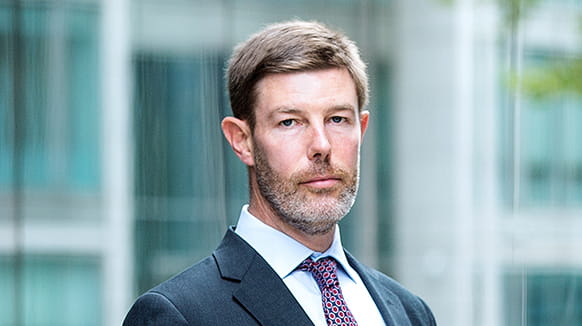Haynes Boone Partner Conrad Purcell and Trainee Solicitor Kayley Rousell authored an article in the December Edition of Infrastructure Investor on how digital twin technology can not only predict project performance, but also improve operation and maintenance, future design and forecasting simulations.
Read an excerpt below:
For two decades, the global use of wind and solar energy has been on a significant upswing and both technologies continue to dominate new generating capacity. 2022 marked the third best year ever for new wind capacity, increasing global total installed capacity from 824GW to 898GW – an increase of around 9 percent compared to 2021 – while solar remained the industry leader with an overall capacity increase of 22 percent to reach 1.05TW. As the deployment of wind and solar power has expanded, operators have increasingly focused their eff orts on maximisation of operational assets. In line with the growth of the Internet of Things and artificial intelligence, the use of traditional Supervisory Control and Data Acquisition (SCADA) systems has evolved in the wind and solar energy space to the development and use of modern digital twin technology. Here we explore the concept of a digital twin in the wind and solar industry and demonstrate how digital twins may be used to drive value in the context of a project’s operation and maintenance.
What is a digital twin?
A digital twin is a digital representation of a physical asset. Digital twin technology uses data gathered from multiple sensors embedded in an asset combined with data simulation, forecasting, monitoring, controlling and optimisation throughout the lifespan of an asset. In the case of both solar and wind farms, it makes it possible to predict either a wind turbine or solar panel’s performance. The technology in wind and solar farm operations uses the sensor data gathered to monitor current performance as well as pooling data to create 3D representations and models of future designs and forecasting simulations to assist with long-term planning.
To read the full article in Infrastructure Investor, click here.

